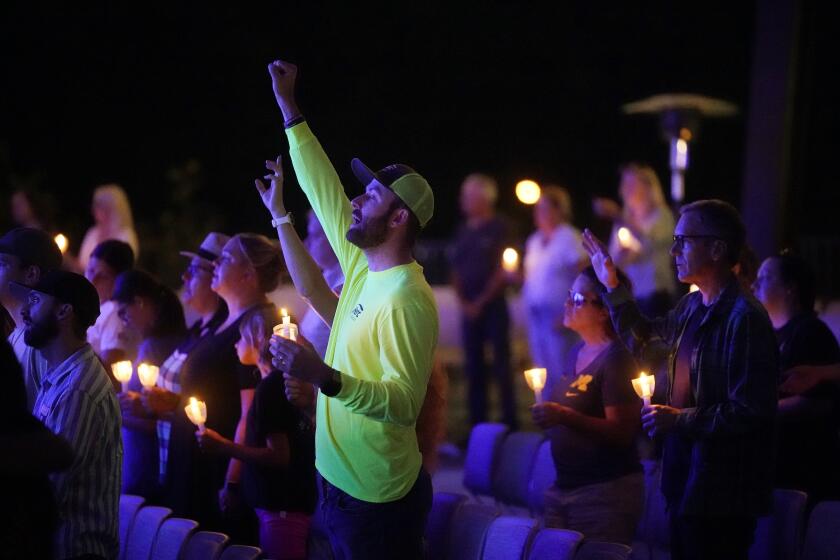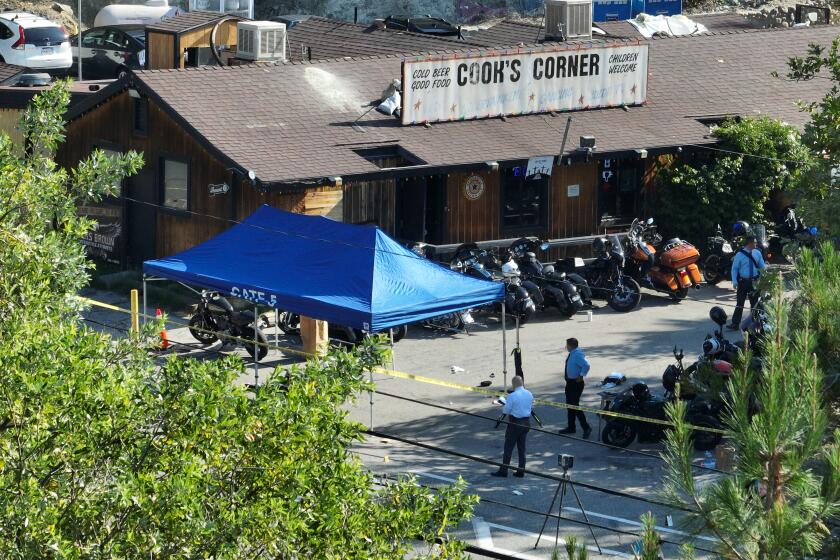‘A place of happiness’: The colorful past and uncertain future of Cook’s Corner
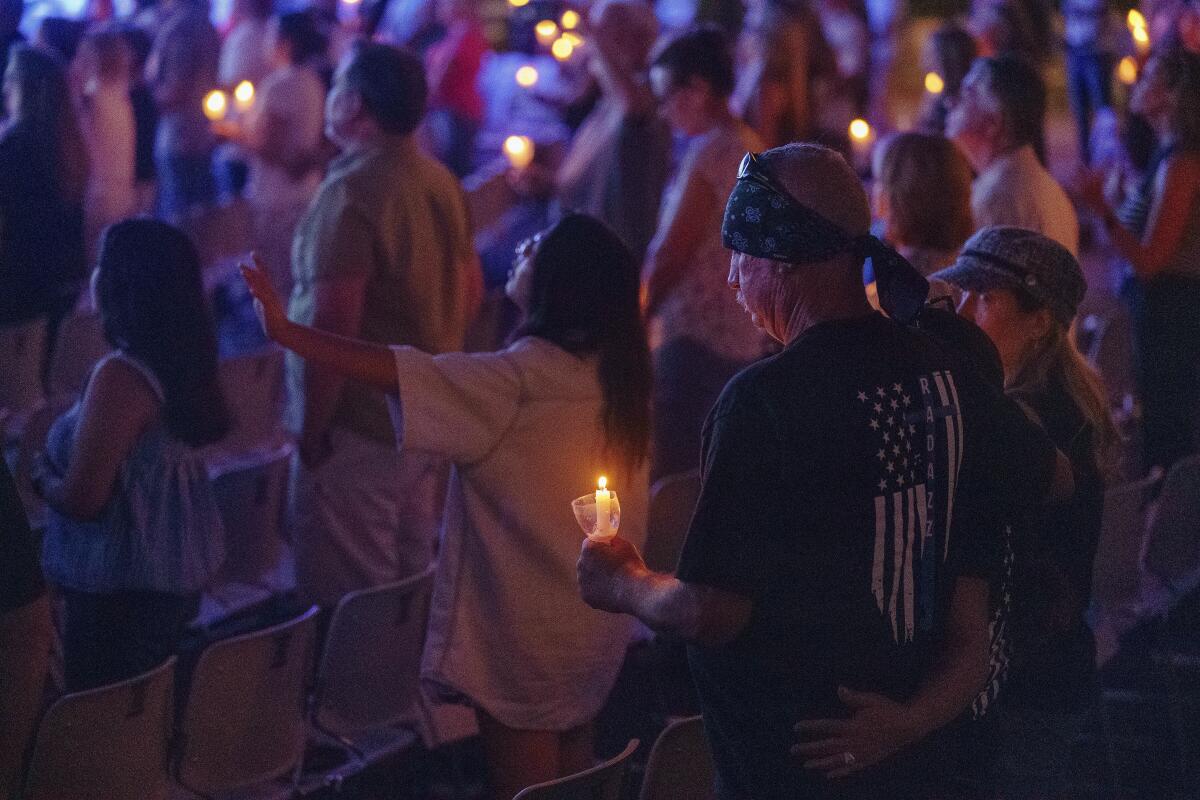
- Share via
Not far from the red-tile roofs and stucco subdivisions of eastern Orange County, Cook’s Corner is an anachronism, a throwback to when the county was known mostly for its eponymous trees and its ranches and orchards stretching to the sea. A hamburger stand-turned-roadhouse up against rolling hills, it belongs to plein-air reveries of old California but with dozens of Harley-Davidsons parked out front, glinting in the sun.
That idyll ended abruptly Wednesday when a gunman fired upon a crowd that had gathered to listen to a cover band on spaghetti night at the watering hole, killing three and wounding six. Investigators under a blue tent perimetered by yellow police tape are piecing together the chain of events that led a retired Ventura police sergeant, John Snowling, to such a rampage.
“I hope it will recover,” said Caroline Day, a longtime resident of Modjeska Canyon, one of three rural communities that along with Silverado and Trabuco canyons consider Cook’s their own. “It was a terrible thing to happen, so sad these shootings are everywhere and people can’t seem to contain themselves.”
Day, 77, recalls first visiting the bar in the early 1950s, when her father stopped by with the family for ice cream and French fries after a day at O’Neill Park. At the time, there might have been horses standing in the shade of the oak that grew over the patio.
“It was always kind of mismatched,” Day said, “a little seedy perhaps, but you were always OK to go inside.”
Terror gripped the Cook’s Corner crowd in Trabuco Canyon when John Snowling shot as patrons scrambled to escape.
Josh Collins, a reserve firefighter with the Orange County Fire Authority, was on scene Wednesday night. A resident of Silverado Canyon, Collins also wonders what will become of the beloved landmark. A little more than three years after the Borderline Bar and Grill in Thousand Oaks was the scene of a mass shooting that left 12 people dead, it was demolished at the request of its owners.
“I’m not sure how they can continue,” said Collins, 44, “how people can go back in there.”
The loss for the community would be profound, he added. Having moved to Silverado Canyon from Aliso Viejo in 2012 with his wife and young son, Collins would regularly visit the hangout. At first he was a little wary of stepping inside a so-called biker bar, but families were always invited, he said: “You always felt safe there. It was a place of happiness.”
Nestled beside Aliso Creek, Cook’s is a favored destination for motorcyclists, whose weekend circuit included the Rock Store on Mulholland Highway, Neptune’s Net in Malibu, Josie’s Hideout in Santa Ysabel. Its parking lot was often crowded with cruisers, baggers, canyon racers and sport bikes, sparkling with chrome and rumbling with V-twins and single-cylinders. Dressed in leathers, veteran bikers and RUBs — rich urban bikers — found easy solidarity, admiring one another’s rides.
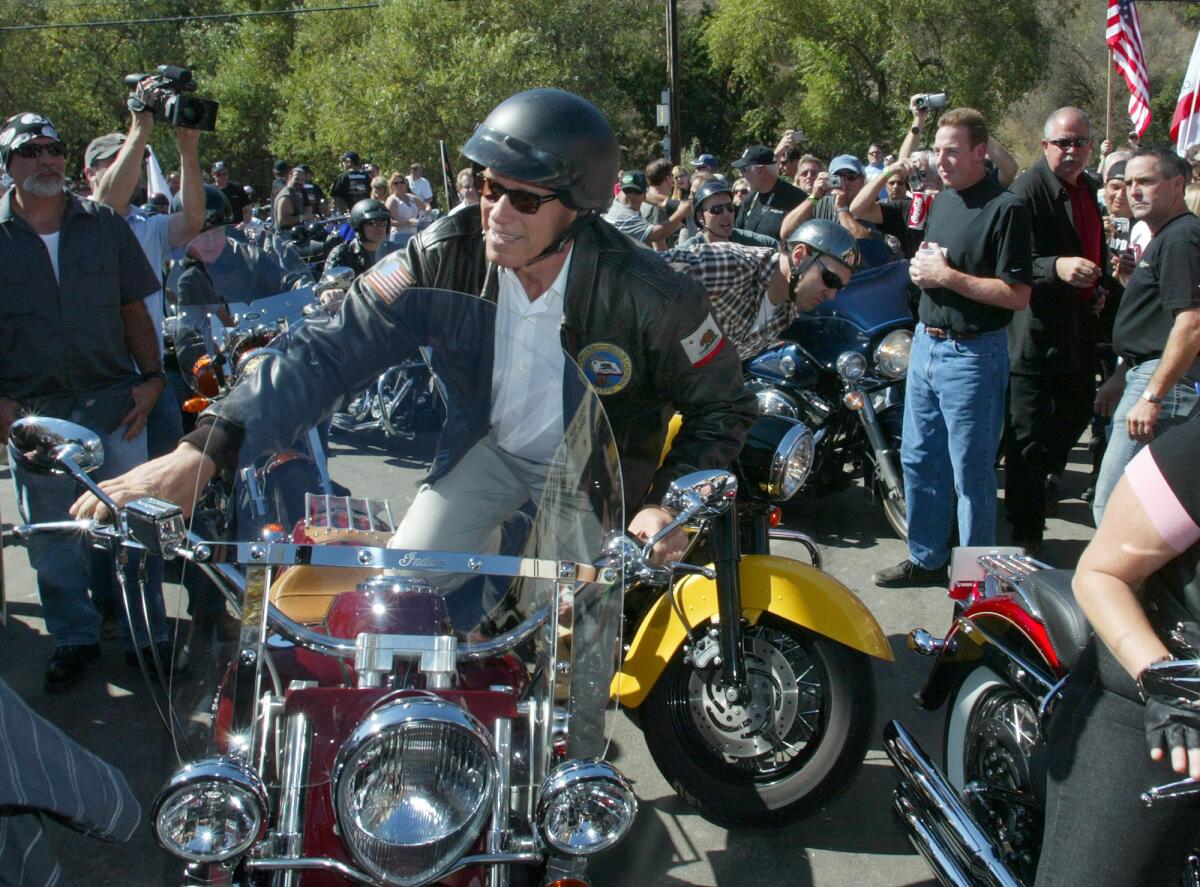
In the spring, up to 2,500 bikers, belonging to such clubs as the Valkyries, Hessians, Boozefighters, Devil’s Rejects and Soldiers for Jesus, made a pilgrimage to the site to be blessed and sprinkled with holy water by a priest from the nearby abbey.
But to call Cook’s Corner a biker bar is to limit its identity to a stereotype of a rowdy, darkened dive favored by gangs. It was instead a destination for country-western enthusiasts, a place for burgers on a Saturday afternoon or a beer on the way home from work, said Jeff Hatch, 78, of Coto de Caza.
“It’s just a place that happened; it was not designed or built on purpose,” he said, trying to explain its mystique. He started going there in 1977 when he was building homes in the area.
With its onetime Naugahyde booths with tape on the tears and sawdust on the concrete floor, Cook’s Corner managed to hold on to its rustic if divey character despite the housing tracts that had sprung up around it, what Day calls the “red fungus tide” — the omnipresent red tile roofs sheltering the homes of flatlanders not far away, some of whom might have lobbied for the bar to be closed because of its loud music and out-of-town patrons.
But Cook’s Corner endured. The ranches, vaqueros and cowboys, the windbreaks and orchards may no longer exist. The two-lane highways are commuter thoroughfares, and the open land has become shopping centers and strip malls. The bar refused to keep up with the times.
Its tenacity endeared it to regulars and to its community. During the 2007 Santiago fire, it was a sanctuary for the crews who worked the blaze and afterward nailed their T-shirts to its walls in homage. “There must be about 50 fire departments represented in there,” Collins said.
After a 2008 mudslide, Cook’s was the place where neighbors dropped off clothing and food for neighbors in need. It was known for hosting fundraisers for local schools and causes such as Ladies Who Ride for Breast Cancer, and in 2006, then-Gov. Arnold Schwarzenegger, riding his Indian, made Cook’s a destination in his reelection campaign.
“It was one of your neighborhood bars,” said Paul Bove, 79, a resident of Silverado Canyon who first walked into the bar in the 1970s, “only it’s a big neighborhood.”
Located on more of a curve than a corner, where El Toro Road meets Santiago Canyon and Live Oak Canyon roads, the tavern occupies a unique place in the culture of eastern Orange County, whose sycamore- and oak-clad canyons cut toward Santiago and Modjeska peaks, the pommel and cantle of Saddleback Mountain.
Three people were killed in a mass shooting at a Trabuco Canyon bar on Wednesday night. The shooter was also killed, the O.C. Sheriff’s Department said.
Less known than Los Angeles’ Laurel or Topanga canyons, these hollows — Trabuco, Modjeska, Santiago — have a similar reputation for their bohemian residents, misanthropes and artists who favor a world more analog than digital, where cell reception is spotty, the internet slows and car radios turn to static.
“We’re 10 minutes from chaos,” said artist Bruce Day, Caroline’s husband.
And Cook’s Corner was the last stop.
A succession of owners held the property going back to Andrew Jackson Cook, who in the 1880s traded land on Palomar Mountain for 190 acres in Aliso Canyon. His son, Earl Jack Cook, kept hogs, sheep and cattle, and in the late 1920s opened a restaurant. When Prohibition ended, he slung a beer keg from a tree branch and was soon selling the beverage out of a friend’s honey hut, a screened shack that once housed bees.
After World War II, Cook purchased and moved a single-story mess hall with a walk-in cooler from a mothballed airfield near John Wayne Airport to this crossroad, the gateway to Trabuco Canyon.
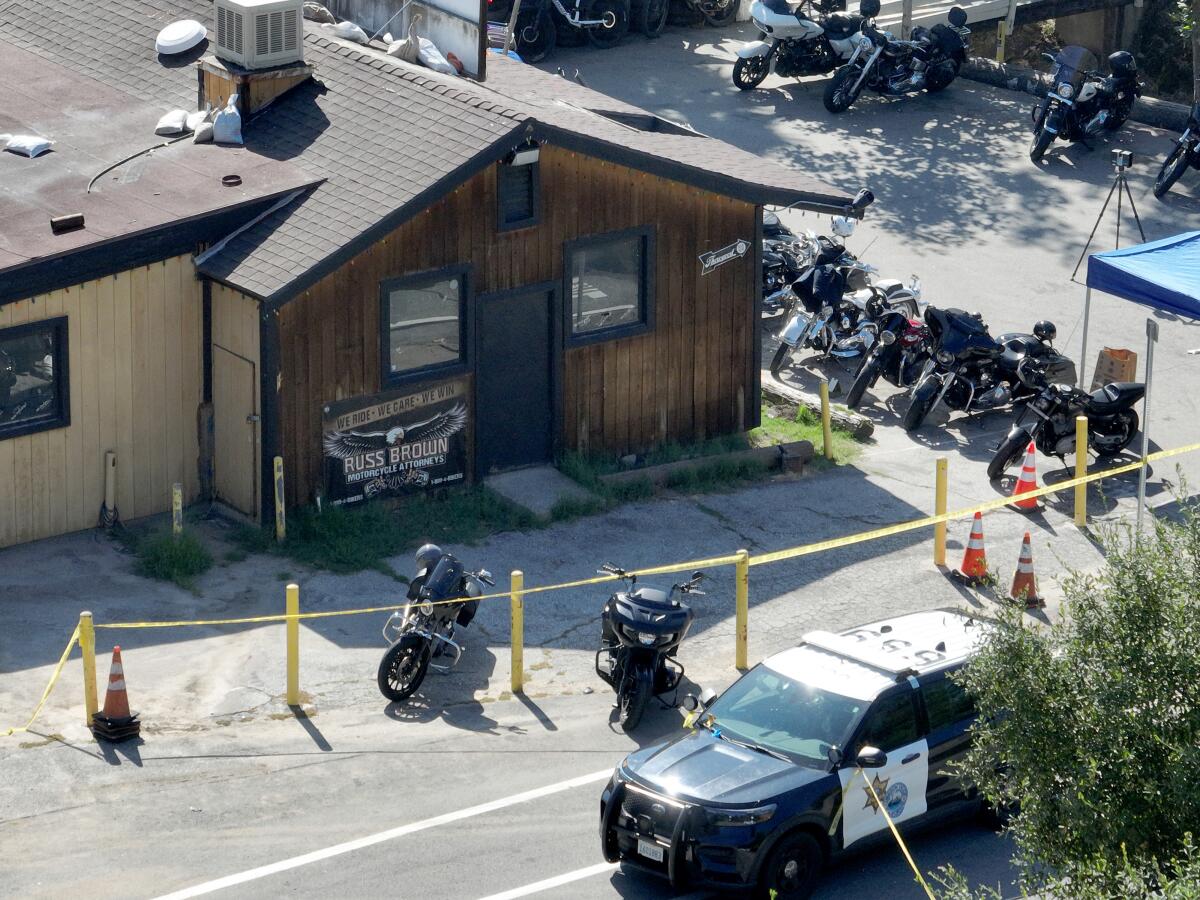
Its reputation darkened for a while. A sign reading “No Weapons” hung on the door. Bikers mixed with Marines from Camp Pendleton, and the county began citing the owner for code violations. The place switched hands and found a new identity, catering to the canyon community and weekend warriors alike.
As for its future — beyond the recent tragedy — Collins hopes the roadhouse might someday host a memorial, a chance to bring the community together for healing, “to say we’re still strong.”
Hatch is similarly hopeful. “It may take a while, but the people, who have come here for a long time, will respect that what happened here was a one-off deal,” he said. “Guys who ride bikes and come here for the camaraderie will always come back.”
Though Cook’s General Manager Rhonda Palmeri could not be reached for comment, she was asked earlier this month by biker-turned-actor Rusty Coones how long she expected Cook’s to be around.
“I’m hoping at least we’re here for the 100-year anniversary,” she said. “So that’s four more years.”
More to Read
Sign up for Essential California
The most important California stories and recommendations in your inbox every morning.
You may occasionally receive promotional content from the Los Angeles Times.
